Multi-core ARM chips bound for Apple's next-gen iPhones
Like Palm's new Pre device, the iPhone 3G S is believed to be powered by a single-core ARM Cortex-A8 running at roughly 600MHz. It may be the last of its breed, however. Future embedded processors from the world's leading mobile chip designer are expected to follow a path similar to those for conventional PCs, by which performance gains are achieved by scaling up the number of available processor cores.
Reference designs for ARM's next-generation Cortex-A9 call for versions with either two or four cores, with dual-core versions "definitely" slated to turn up in smartphones that will ship sometime in 2010, James Bruce, wireless segment manager for ARM, told CNet News.com in a phone interview earlier this week.
"What we've done on the A9 is actually make it more power efficient than the A8," he said. "The dual-core A9 will be coming out on 45-nanometer rather than the (current) 65-nanometer process."
The smaller, more precise design of the A9 will signal a faster, more power-efficient chip. And although power consumption will increase some 10 to 20 percent at peak performance when compared to the A8, Bruce noted that smartphones based off the new design will actually see better battery life in real-world usage situations.
That's because, like the A8 in the iPhone 3G S, the A9 will process instructions in larger batches more efficiently than its predecessor, which means that computations will happen more rapidly and processes will take less time, leaving the battery in future iPhones with more juice for browsing the web, sending email, and uploading video files. The A9 also sports some out-of-order processing characteristics, letting the chip make use of processor cycles that would otherwise be wasted by current chip designs.
"You're getting a 2X increase (over the previous ARM design)," Brunce said of the A8 in the upcoming iPhone 3G S. "And actually the A9 takes that even further. It's a superscalar design but it's also an out-of-order design as well. There is some out-of-order aspects with the A8 but the A9 is a very aggressive out-of-order processor."
In addition to these enhancements, Apple is expected to build some of its own proprietary technologies into future iPhone chips based off ARM's A9 reference designs with the help of resources acquired last year in the purchase of fabless chip designer P.A. Semi. Last July, it secured "a long-term architecture license to ARM's current and future technology" that will allow it to do so.
By returning to its roots and developing its own brand of ARM chips in-house, Apple stands to keep a tighter lid on its future product plans while possibly saving on costs at the same time. It will also allow the electronics maker to innovate in a way going forward that will differentiate its handheld products from a growing array of competitive devices that will be left to rely on ARM's broadly available reference designs.
 Katie Marsal
Katie Marsal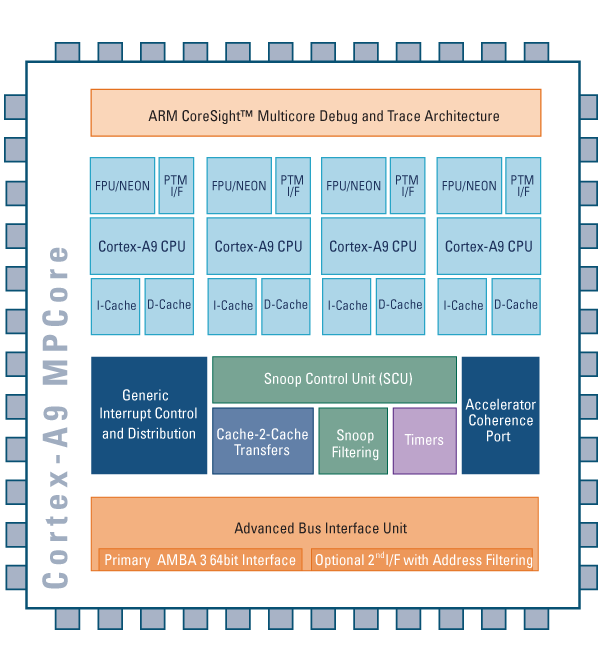

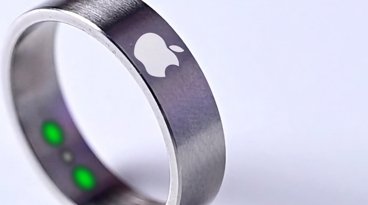


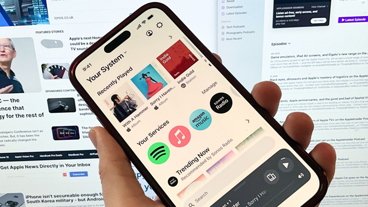


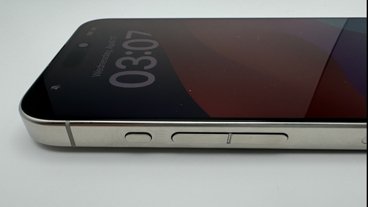

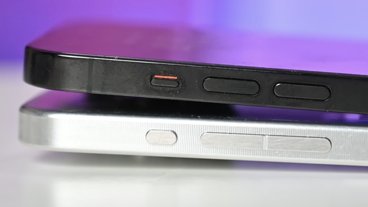



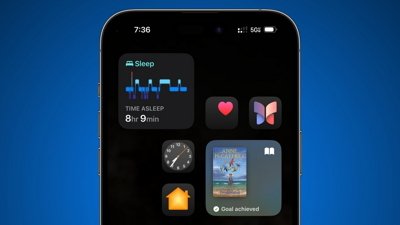
 Amber Neely
Amber Neely
 Thomas Sibilly
Thomas Sibilly
 AppleInsider Staff
AppleInsider Staff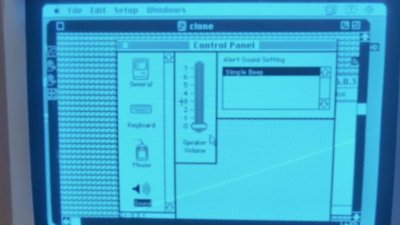
 William Gallagher
William Gallagher
 Malcolm Owen
Malcolm Owen
 Christine McKee
Christine McKee
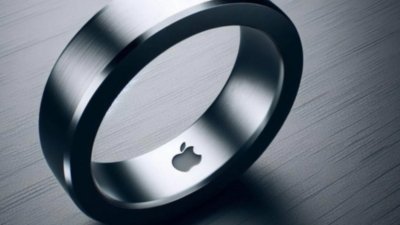




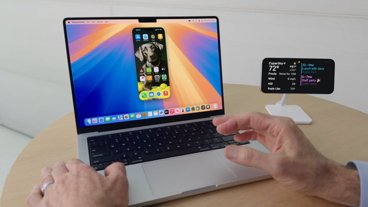




84 Comments
A9 + LTE = upgrade for me.
Hopefully next summer.
See! All you who got pissy about the upgrade price, can now happily wait until your time comes and by then a faster iPhone will be out. But then everyone who purchased the 3GS now will get pissy because THEY won't get the new phone cheaper next year. Oh well . Round and round we spin.
Due to the two year contract thang, I'll be skipping the 3G S, even though I'd qualify for the discount price ~12/17/09.
This will be my next iPhone, the 3G SS OR the 4G.
Does this mean next year's iPhone will get multi tasking with multi Apps?
First, just because we suspect that Apple via PA Semi is going to put it's own IP on the SoC it doesn't mean everybody else is stuck with reference designs. TI, Samsung, Nvidia, and a host of others are fully capable of adding their own IP. In fact considering the commodity nature of cell phone processors and world wide demand I suspect Apple will have a hard time remaing competitive going it alone. There is huge incentive for ARM licensees to produce unique and competitive new variants.
As to ARM A9 I suspect that it will be awhile before it shows up in IPhone. Rather it will show up first in follow on IPod Touches and other tablets. These chips will make excellent game machines and tablets. I'm not even sure we will have to wait till 2010. Apple could steal Christmas with an A9 based Touch with a fat battery and a slightly larger screen. Dave